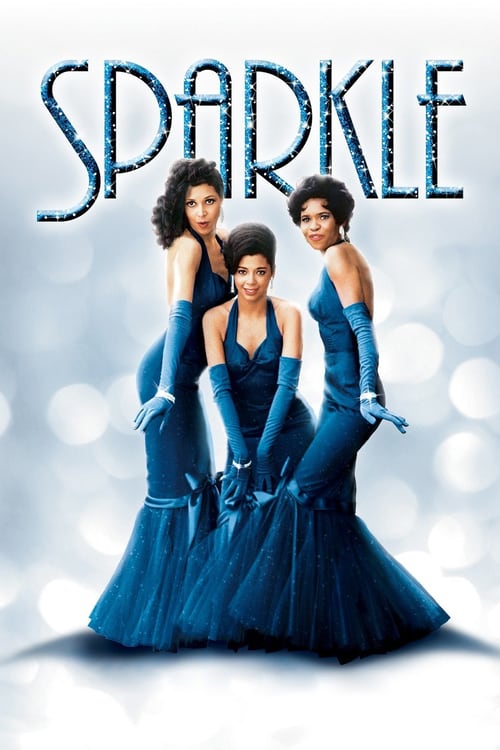

The admittedly nostalgic album cover shows an elegant Franklin, wearing a tightly-coordinated, silk head wrap, smiling brightly, inviting you to uncover the warmth and bliss of the platter contained therein. Hastily recorded over a five-day stretch at Mayfield’s own Curtom Studio in Chicago, Sparkle became the perfectly-realized portrait of what Detroit’s leading lady of soul and Chicago’s mighty genius of soul and funk helped usher into the American consciousness for two decades before. When Ertegun finally approached Mayfield about Franklin taking an interest in him cutting a new album for her, Mayfield enthusiastically jumped at the chance to work with the Queen herself. Franklin chose Mayfield as the man to guide her next artistic move. Ertegun provided her with a wide-array of producers to choose from, to assist her with the follow-up to 1975’s You. Although her long-time musical collaborator and producer Jerry Wexler lost the desire to continue working with her after 1975, Ahmet Ertegun, then co-founder and president of Atlantic Records, stood in her corner. With two artistically rewarding, yet commercially disappointing albums under her belt-1974’s With Everything I Feel in Me and 1975’s You-she was in dire need of a commercial rebound and Atlantic demanded that she deliver a hit.

The lady of soul persevered, survived, and triumphed, amid the personal and commercial strains that lay ahead. While she never recaptured her peak commercial and critical glory at Atlantic Records during the mid-to-late 1970s, there was certainly artistic merit during this era. Disco started to take its shape in the heart of the soul and pop marketplace, causing immediate ripples in popular music. Naturally, when there is more than one household name “grabbing the baton,“ so to speak, reality sets in. There were other ladies, like Chaka Khan, Natalie Cole, Deniece Williams, Betty Wright, and Roberta Flack, dominating the airwaves and marking their own legacies.
#Original sparkle movie soundtrack 1976 full
While their versions were recorded and used throughout the musical segues of the film, Mayfield was dissatisfied with them, feeling that they couldn’t carry the full capacity and strength of his musical vision.īy the mid-1970s, Franklin was faced with many changes across the soul landscape, as well as tough competitors. Initially, he planned on utilizing the vocal talents of the film’s cast as the focal counterpart for the film score. When it came time for the next film score endeavor, Mayfield had his sights on taking the reins as the music force for Sparkle, a musical rags-to-riches vehicle that focused on the fortunes and hardships of a 1960s black girl group comprised of sisters from Harlem, trying to break into the music business. Both soundtracks were recognized as fully-realized portraits of gospel-fueled female soul, serving as major milestones for the respective acts in their own right, and not solely as musical counterparts for cult films. Both hailed from the Midwestern region, with Mayfield’s roots deriving from his birthplace in Chicago and Franklin growing up in Detroit.īy 1976 Mayfield had already experienced perhaps the greatest commercial success and critical acclaim of his career with his own ubiquitous soundtrack for the gritty 1972 crime drama Super Fly, which told the story of a Harlem drug kingpin trying to ”get out of the life.“ He also managed to work with Gladys Knight and the Pips for the 1974 Claudine soundtrack and the Staple Singers for the 1975 Let’s Do It Again soundtrack. There were startling similarities between Aretha Franklin and Curtis Mayfield from the very beginning, decades before their collaboration Sparkle was even envisioned.


 0 kommentar(er)
0 kommentar(er)
